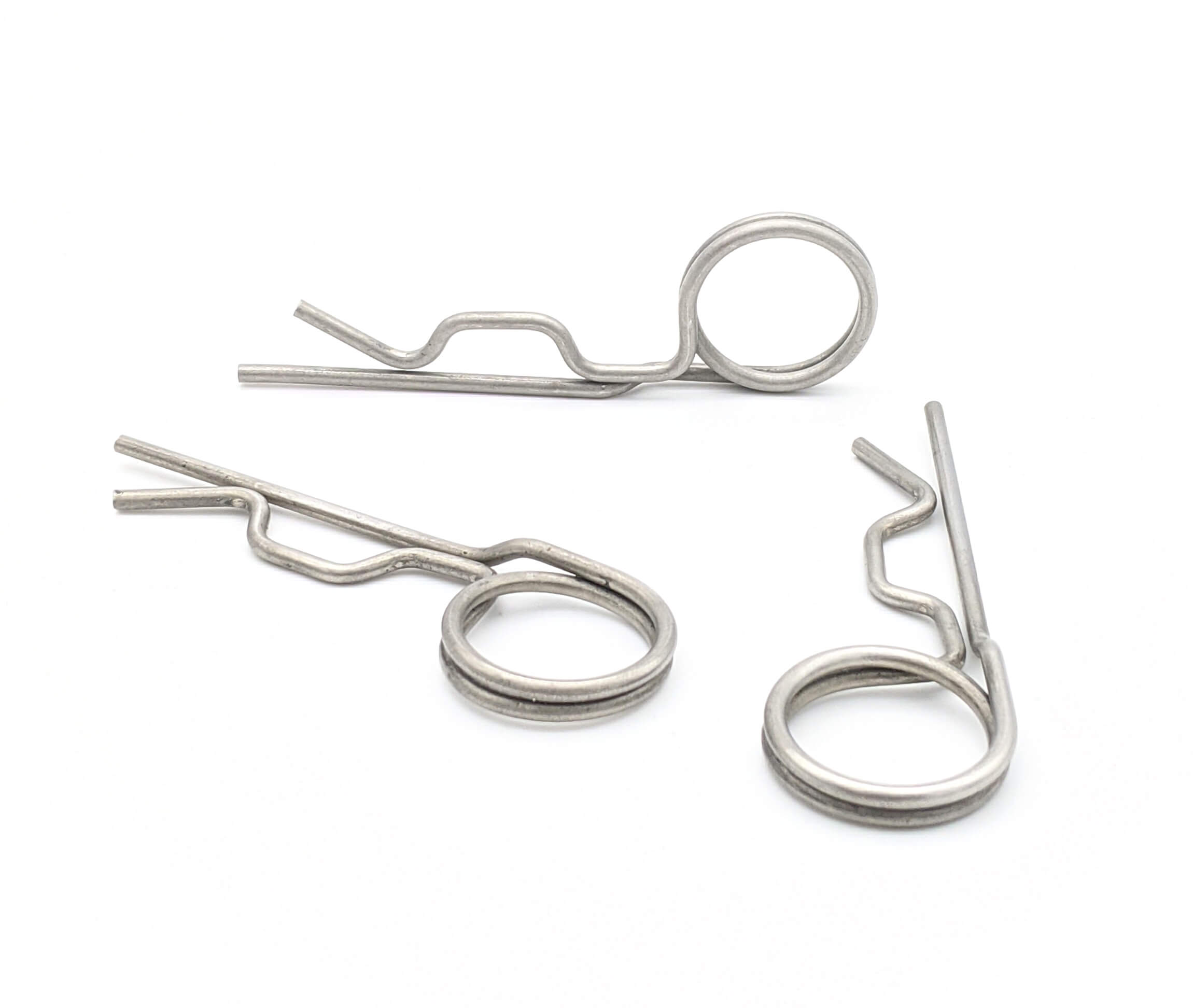Get unique, complex parts easily. No matter your requirements, Chaoyi Spring creates hard-to-produce coil springs and wire forms.
Let us help you create the custom wire form you need, from S-hooks and J-hooks to utility hooks and more.
We work closely with customers across a wide range of industries, helping them design and manufacture made-to-order parts.
Why choose Chaoyi Spring? We prioritize customer-focused collaboration, modern equipment and the latest technology to make your parts per print.
Find the information and guidance you need, from measuring a spring to learning about materials, placing an order and much more.
Coil springs are ubiquitous in our daily lives, from the suspension systems of cars to the mechanisms of pens and toys. Their ability to store and release energy through compression


Coil springs are ubiquitous in our daily lives, from the suspension systems of cars to the mechanisms of pens and toys. Their ability to store and release energy through compression is a marvel of engineering, and the principles behind their function are both fascinating and practical. This article will delve into the world of coil spring compression, exploring its mechanics, applications, and the factors that govern its behavior.

A coil spring, as its name suggests, is a spring formed by coiling a wire around a cylindrical core. When subjected to a compressive force, the coils of the spring are pushed closer together, causing the spring to shorten. This process stores energy within the spring, which is released when the force is removed, causing the spring to return to its original length. This principle of compression and energy storage is fundamental to the functionality of coil springs in countless applications.
The amount of force required to compress a coil spring, known as its spring rate, is determined by several key factors. These include the material of the spring, its diameter, the diameter of the wire used, and the number of coils. A thicker wire, a smaller diameter, and a greater number of coils will all result in a higher spring rate, meaning a greater force is needed for a given compression.
Coil spring compression is a powerful force with a broad range of applications across diverse industries. It is used in various fields, including:
Automotive Industry: Coil springs are essential components in vehicle suspension systems, providing a smooth ride by absorbing shock and vibrations from uneven road surfaces. This compression helps absorb impacts, ensuring a comfortable ride.
Industrial Machinery: Coil springs are crucial in industrial machinery, used in clutches, brakes, and other mechanisms that require controlled motion and energy storage. Their reliability and robustness make them ideal for heavy-duty applications.
Consumer Products: We encounter coil spring compression in countless consumer products, from the click mechanisms of pens to the spring-loaded actions of toys and tools. Their ability to provide a consistent force and return to their original position makes them essential for these products' functionality.
The behavior of a coil spring under compression is influenced by several factors, including:
Material: The material used to make the spring significantly affects its strength, elasticity, and resistance to compression. Spring steel is a common material due to its durability and high spring rate, making it ideal for applications where high force and resilience are required.
Wire Diameter: A thicker wire will result in a stiffer spring, requiring more force to compress it. This is because the thicker wire has a larger cross-sectional area, leading to a higher resistance to bending and deformation.
Spring Diameter: The diameter of the coil also plays a vital role. A smaller diameter spring will be stiffer than a larger diameter spring with the same wire thickness and number of coils. This is because the smaller diameter spring experiences a greater bending force due to the tighter curvature of the coils.
Number of Coils: A greater number of coils in the spring increases the spring rate, meaning it takes more force to compress the spring to a given length. This is due to the increased length of wire involved, providing greater resistance to deformation.
Selecting the right coil spring for a specific application requires careful consideration of the factors discussed above. Engineers must consider the load that the spring needs to handle, the desired compression, and the space available for the spring. Incorrect spring selection can lead to poor performance, premature failure, or safety hazards.
While coil spring compression is a well-established technology, it is constantly evolving. Advancements in materials science and manufacturing techniques are leading to the development of springs with improved performance characteristics, such as higher strength, greater durability, and reduced weight. Furthermore, the integration of coil springs with electronic control systems is opening up new possibilities in areas like adaptive suspension and precision actuation.
Coil spring compression is a powerful force with countless applications across various industries. Understanding its mechanics, the factors that govern its behavior, and the considerations for proper spring selection are crucial for maximizing its potential. As technology continues to advance, the future of coil spring compression holds exciting possibilities for innovation and progress.
Browse some of the custom wire forms and springs that we manufacture. Don’t see what you need? We specialize in made-to-order products that meet your application requirements.
Visit Our GalleryNeed a custom wire form or coil spring? We make it work. Fill out the contact form and a representative will respond within 1 business day. If you have a PDF or CAD file, you can submit to request a quote.